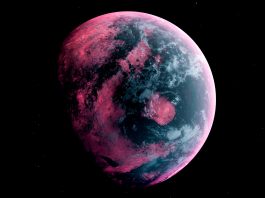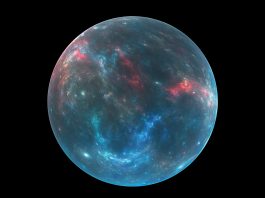An international team of astronomers and physicists have developed a new technique for reducing light interference during telescope observations which enables imaging of Earth-like planets in nearby solar systems.
The team has used a diamond coronagraph to look for earth-like planets in the solar system Alfa Centauri, just 4.4 light years away. The method has demonstrated promising results.
Due to current technical limitations, it has been difficult to image exoplanets and the images that we have are in most cases giant planets, much larger than Jupiter, which orbit very young stars. Often, these planets are also far from the habitable zone.
One way to discover Earth-like planets in the habitable zone around stars similar to our Sun in both size and age is to observe the sky in the infrared. These types of planets shine brightest at these wavelengths. But one problem is that the atmosphere and the telescope emit infrared light, causing interference.
Capturing images of small exoplanets
A new system has been developed at Ångström Laboratory to enable capturing images of smaller exoplanets by observing them over long periods, about 100 hours of observation time, in the middle of the infrared spectrum. The system has been used at the European Southern Observatory’s (ESA) Very Large Telescope (VLT) and has attained unmatched sensitivity using a diamond coronagraph. Coronagraphs are used to reduced blinding light from a star and, in this way, accentuate the weaker light from any planets orbiting it.
Mikael Karlsson, the head of the research team within diamond optics at Uppsala University, said: “The method could, in a best case scenario, capture images of planets about three times the diameter of Earth in the habitable zone of Alfa Centauri A. That is equivalent to an improvement by a factor of 10 compared to existing systems for direct observations.”
After the researchers used their method to eliminate interference from the telescope and instruments, a point of light emerged on the image. This could potentially be a planet ranging in size between Neptune and Saturn and located about the same distance from Alfa Centauri A as Earth is from the Sun.
Karlsson said: “At this point, without further observation campaigns, we cannot exclude the possibility that the light comes from our instruments or possibly from an asymmetric dust cloud instead of a planet.”









